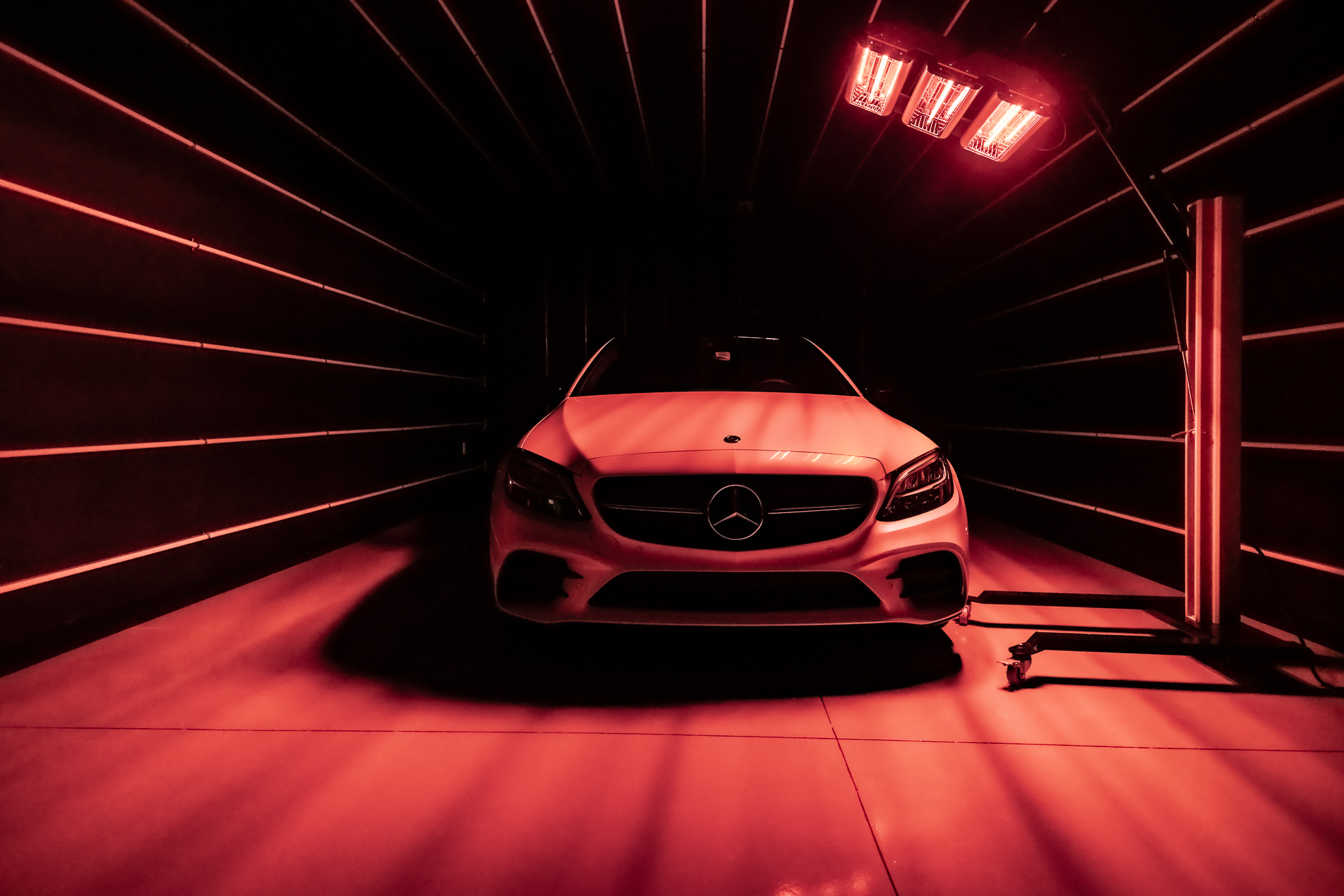We talked a few days ago about how new cars are vulnerable to a flawed shine and we discussed the need to correct and then protect any flaws in a new vehicle paint job and sealing it in with a ceramic coating.
Today, I want to talk about the vast majority of the car show out there – the aging or down right worn-out vehicle; one that has the potential to be a classic; one that is already a classic but not up to winning any car show awards; and the well-worn but rarely waxed family vehicle that with a little fixing up, would make a great second family car or vehicle for an up and coming teen driver.
Let’s take a 15-year-old family Toyota or Honda – their mechanical attributes always outrun their physical attributes. Your kids have grown up init – in fact, each earned their weekly allowance giving it a good wash.
But now your oldest is getting their driver’s license and needs their own vehicle. The paint is faded because it was never properly waxed. There are rough spots where bird droppings have sat too long on the surface before being washed off; too many small scratches to count causing your paint to look dull and cloudy; and a mixture of swirl marks, water spots, and streaks.
American Detail are expert paint correction detailers and you will find posts specifically about paint correction and paint enhancement, as we build our blog; but for now let’s talk about why a ceramic coating is one of the best investments in a vehicle you can make.
Revitalizing the paint on an aging vehicle is an investment,and as any businessperson knows, you must protect that investment. A paint correction detail is vital to achieving the utmost shine from any vehicle and yet it is a lot less expensive than a re-spray, which will also crash the overall value of your vehicle. You want to maintain the OEM parts and paint if possible – especially if you plan to put it on the car show circuit, or if you want to get more for it when you trade or sell.
American Detail will use a ceramic coating to seal that revitalized shine for anywhere from two to seven years – and that protection will last a lot longer than the original paint!
Why?
Because a ceramic coating is not a topical product like wax or even a paint sealant.
The aerospace industry was looking for something that would aerodynamically decrease “drag” on the exterior of an aircraft caused by the build-up of dirt and contaminants, which would in turn, significantly bring down fuel costs.
From that nano particle science, auto appearance entrepreneurs immediately developed a nano particle coating that works as well on automotive paint. Ceramic coatings are different because they bond chemically– not topically – to the paint surface so the two become one surface. That coated surface cannot be rubbed or worn off. In fact, a ceramic coating can only be removed by an abrasive process, not recommended!
Once we have the paint surface flawless after a clay bar and paint correction, a ceramic coating seals it in a hard, durable, highly hydrophobic ceramic shield that repels those environmental contaminants like bird droppings, bugs, water spots and streaks. Dirt and rainwater with its micro-contaminants will bead up and roll right off the surface. Ice and sleet cannot stick to the surface. The sun will not soften it or penetrate it; and it cannot be worn off.
Let us add a layer of Paint Protection Film (PPF) to the most vulnerable areas of your vehicle like the frontend, backend, and door panels, and then install a ceramic coating on top of it. You will not only extend the shine another five years, but the film has additional defense mechanisms that protect against the daily dings and stings from road debris,stone and rock chips; scratches caused from rough clothing, keys and jewelry;and bumps from car doors, grocery bags, briefcases, luggage and purses.
For many years, car owners searched for a magic cure to maintain or restore a faded car shine. After several fits and starts with successful paint sealants and creamy waxes, they all fell short on longevity.Ceramic coatings offer vehicle protection that lasts months and years – not weeks and months!
